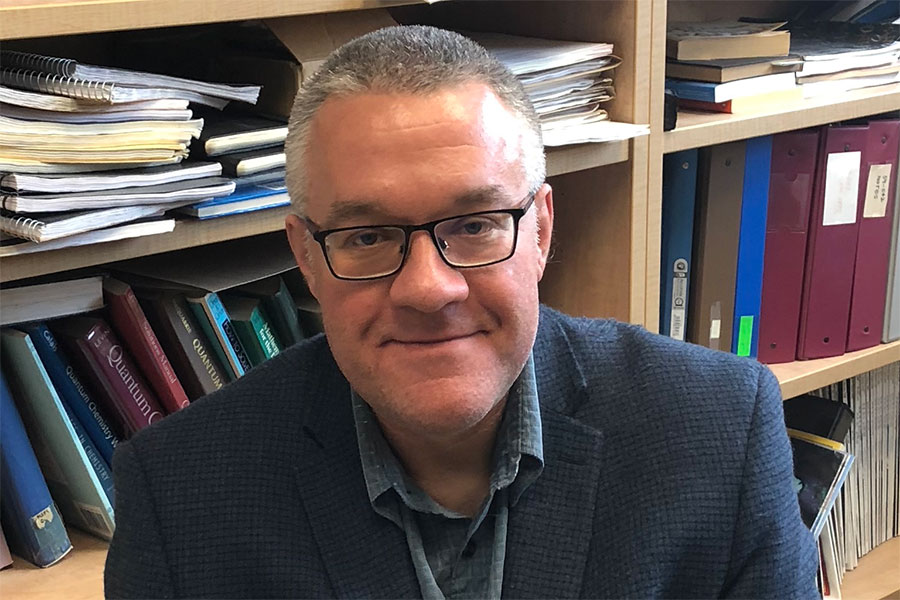
A Florida State University professor of chemistry will head a key facility at the FSU-headquartered National High Magnetic Field Laboratory.
Chemist Robert Schurko, professor of chemistry and biochemistry, is the new director at the Nuclear Magnetic Resonance and Magnetic Resonance Imaging Facility at the MagLab.
Schurko joined Florida State last year after spending two decades at the University of Windsor in Canada, where he built a prominent research group specializing in the study of inorganic materials, organometallic complexes and organic solids using solid state NMR, X-ray crystallography and quantum chemical calculations.
“Rob brings an internationally prominent NMR research program to the MagLab that focuses on materials science,” MagLab Director Greg Boebinger said. “His research dovetails beautifully with one of the MagLab’s major goals: developing techniques and instruments to allow scientists to probe more elements using NMR — what we call ‘unlocking the periodic table.’
“It also dovetails beautifully with the unparalleled performance of one of our newest flagship magnets, the Series Connected Hybrid (SCH) magnet,” Boebinger added.
Scientists from around the world come to the MagLab to conduct NMR experiments with the SCH, the 900 MHz Ultra Wide Bore magnet and other unique NMR instruments. NMR allows researchers to locate specific types of atoms (hydrogen or sodium, for example) in materials or proteins, shedding light on their environment and behavior. The FSU-based NMR facility is one of seven scientific facilities spread across the three sites of the MagLab — Florida State, University of Florida and Los Alamos National Lab — which is funded by the National Science Foundation (NSF) and the State of Florida.
Not all elements are sensitive to NMR, Schurko has been working to develop new techniques and instruments that will give researchers access to additional important elements. Scientists are just beginning, for example, to use oxygen NMR to study biomolecules and materials in new and meaningful ways, thanks to the MagLab’s SCH magnet, a relatively new instrument just hitting its stride in empowering such discoveries.
Schurko and his lab group have focused on the isotopes chlorine-35 and nitrogen-14 in the past, but they also hope to take a closer look at sulfur-33, rhodium-103 and ruthenium-99 and others.
“We have a whole pile of isotopes we would just love to be able to access and, for many of these, this is only going to be possible at the MagLab,” Schurko said.
“It’s the high fields, it’s the instrumentation and — probably most importantly — it’s the personnel that can help you get the right experiments, and the right probes,” Schurko said. “The MagLab has an unprecedented collection of people and equipment — there’s nothing really like it elsewhere.”
The lab’s preeminence in NMR has a lot to do with Schurko’s predecessor, outgoing facility director Tim Cross.
The Robert O. Lawton Professor of Chemistry at Florida State, Cross retires from the MagLab this week after three decades of leadership. In addition to running the NMR facility in Tallahassee during most of that time, Cross played a critical role in bringing the lab to Florida’s capital city. He was one of the authors of the proposal that convinced the NSF to relocate the MagLab from the Massachusetts Institute of Technology to its current headquarters at Florida State.




